Late fall is usually the time when the garden gets cleaned out. The last of the pumpkin vines and pepper plants are added to the compost bin, those pesky grasses get dug out, and a fat layer of chopped leaves is added in preparation for a quiet winter. But fall is also an excellent time to plant one of the easiest and tastiest vegetables: garlic.
Garlic is a member of the onion family, and can be found in innumerable recipes. Its health benefits are widely acknowledged. It is also among America’s most imported vegetables – The United States imports almost 200 million pounds of garlic a year, mostly from China. Buying ‘fresh’ garlic that has been shipped halfway around the world is a waste, because unlimited fresh garlic from your own garden is available year round with almost no effort or cost.
Though there are dozens of varieties of garlic, they generally fall into two types: hard-neck and soft-neck. As you might imagine, the names are descriptive. Hard-neck garlic has a stiffer neck above the bulb and will stand straight up until harvest time. It is more cold hardy than soft-neck (if you live north of I-80, you’ll probably want to plant this variety), but it doesn’t store as well. Soft-neck is usually what you’ll find in the grocery store and can be planted in most areas with success.
Planting garlic is simple: break your bulb open, being careful not to damage the ‘wrapper’ that protects each clove. Make a 2” deep hole in your garden bed and place the clove flat-side down in the hole. Cover and water. That’s it. Common garlic needs about 4” between plants, meaning that you can fit 40 or more plants in a 3’x3’ bed, plenty for the average family with extra to give away! Just keep the bed weeded (or even better, mulched). Garlic does not like competition.
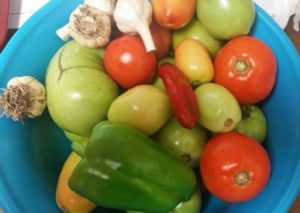
Garlic will tell you when it’s ready to harvest. If you’re growing soft-neck garlic, the top will fall over, very much like an onion that has finished its course. Carefully dig up the bulbs, tie a half-dozen of the tops together, and hang the bunch in a garage or barn to dry. Don’t wash the bulbs unless you plan to use them right away, as this will vastly reduce their shelf-life.
Hard-neck garlics require a two-step process. In late spring, most hard-neck garlics will sprout a round rod with a seed pod on its end. This is called a ‘scape’. The scape will begin curly, but will eventually straighten up and stand above the plant. Remove the scapes as soon as they appear — they are edible, try grilling them like asparagus — because you want the plant’s energy directed toward the bulb. Hard-neck varieties don’t fall over when they are ready to harvest. Instead their leaves begin to brown from the bottom up. Dig and hang them when there are 3-5 green leaves left.
So why plant in the fall? There are a couple of reasons. First, because garlic is so cold-hardy, planting in the fall gives it a jump in spring. Garlic will generally provide one of the first signs of life in your spring garden. Fall-planted garlic will have had the opportunity to establish roots before dormancy, resulting in bigger bulbs. Fall-planted garlic can also finish earlier than spring-planted garlic, giving you extra room for busy summer plants.
But what’s the best variety for you to grow? As is the case with most gardening, you should grow what you like to eat. Most guides will say that you should not plant garlic from the store, but should buy only specialty varieties. That’s rubbish. If you already have a specific kind of garlic you enjoy, plant it! If you want to try new varieties, plant them instead.
Gardening is not about “doing it right” so much as it is about putting the best food possible on the table. Your home-grown garlic is one of the easiest and least expensive ways to accomplish that. Get planting!

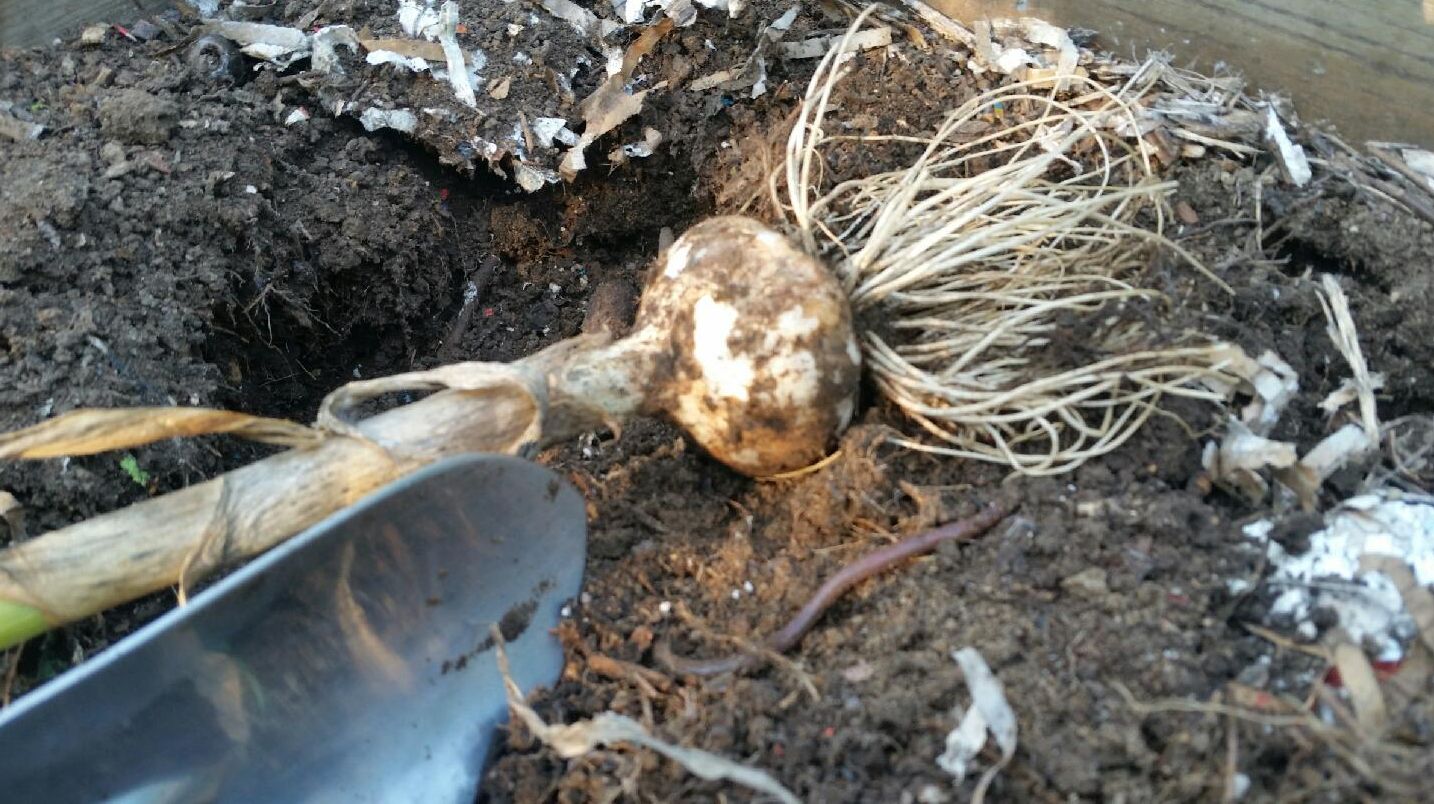


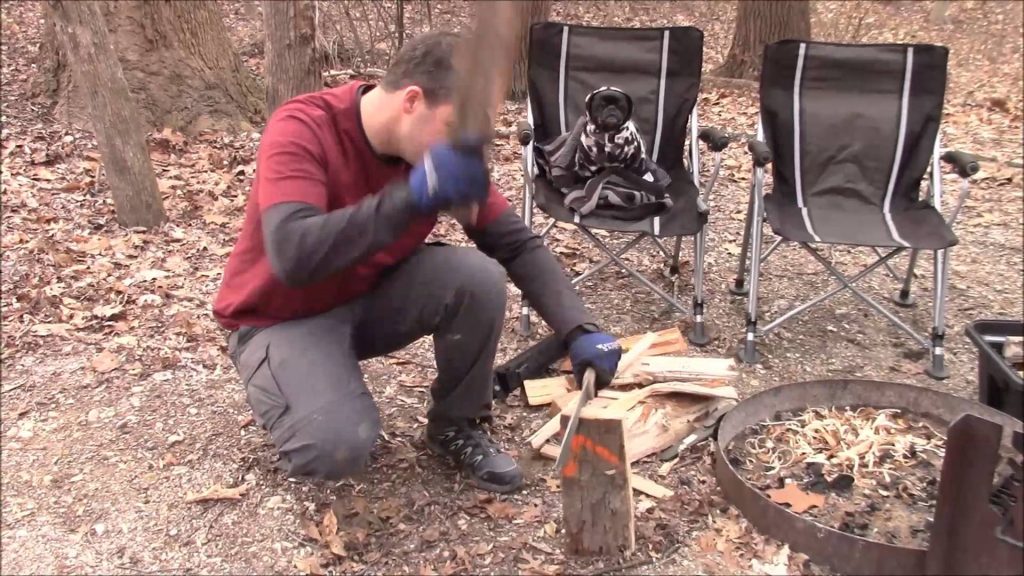


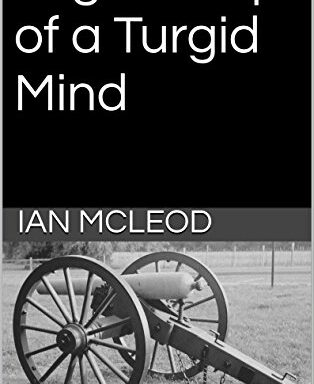
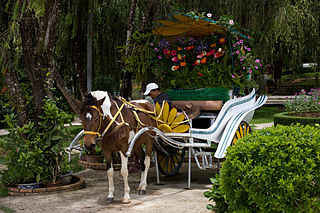

5
4.5